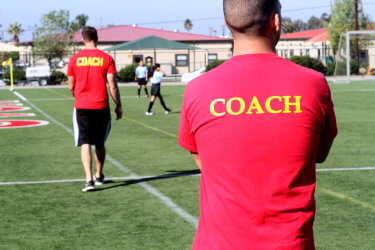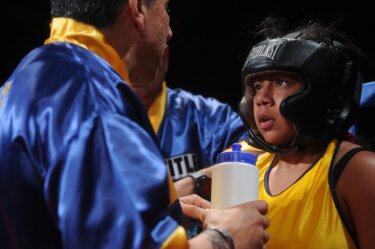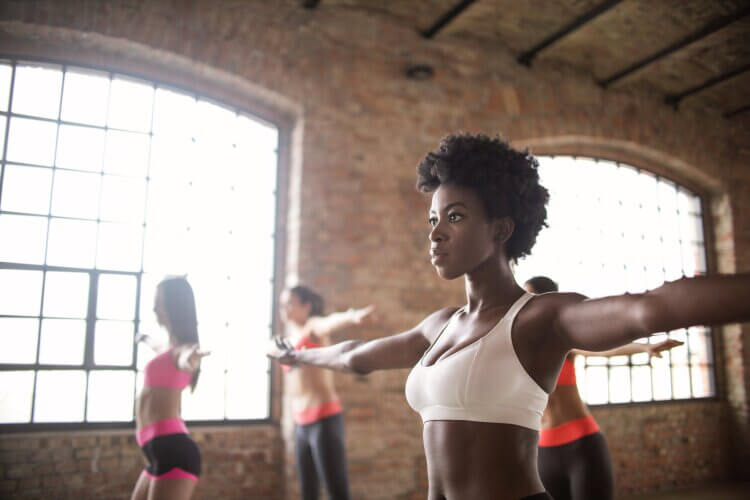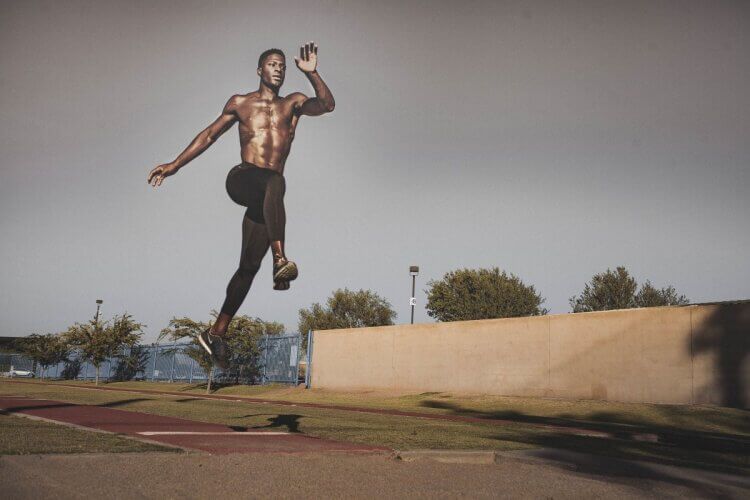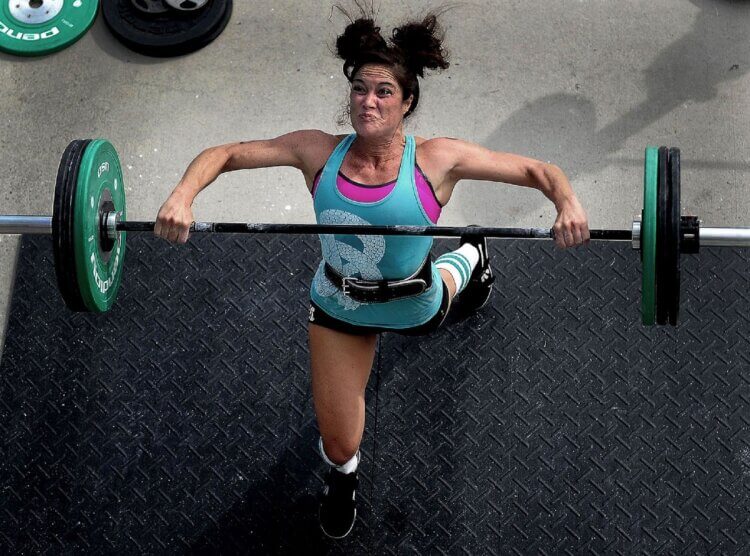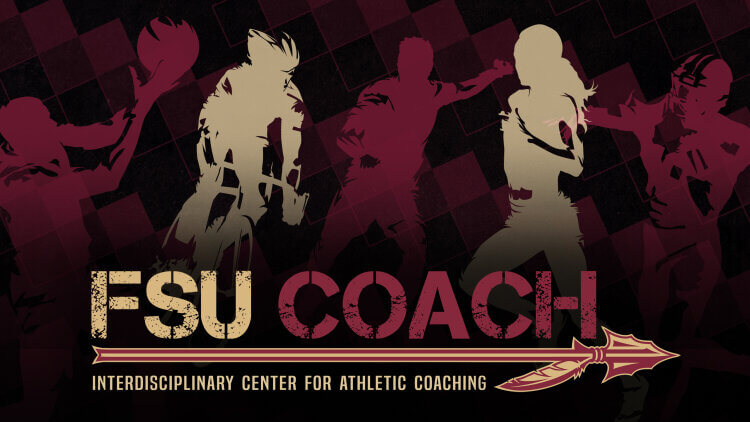(2 Minute Read)
To me, bicycling is not merely a hobby, it is a passion. It has provided me a mode of transportation to work and school as a commuter, a means of employment as a bike messenger, a vehicle that enriched my travels with pleasure, new experiences, and adventure when I went on bike tours, and as a way to bring catharsis, health, comradery, and meaning to my life.

My experiences on a bike have often left me wondering why more people are not riding bikes and enjoying the same benefits that I have discovered through the years. However, since the global pandemic began, many people have dusted off their bikes, lubed their chains, and taken to the streets on their bikes. From March through mid-June 2020, in urban areas, Americans rode their bikes 21% more than during the same time period in 2019 (Rust, 2020). In Philadelphia, cycling has increased by more than 150% since March (The COVID-19…, 2020).
